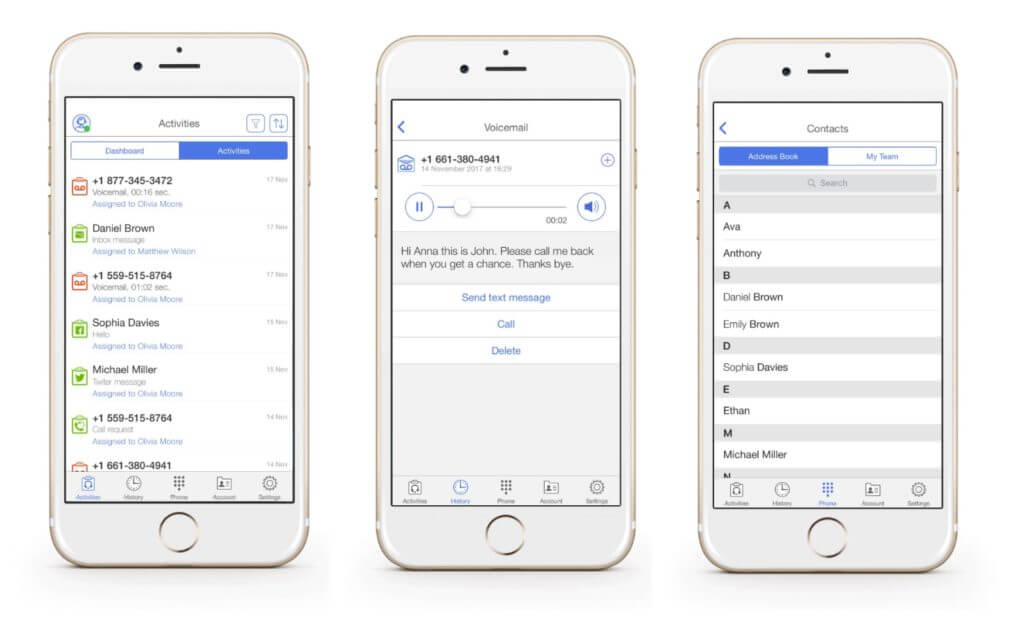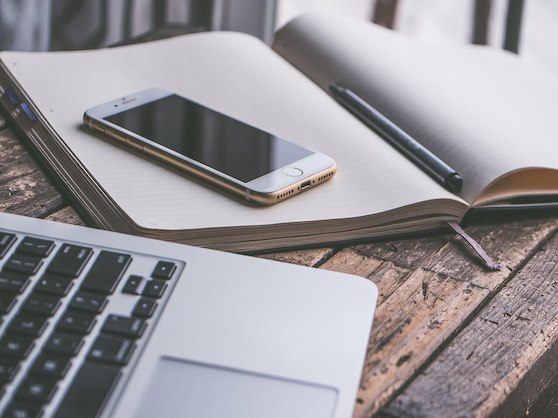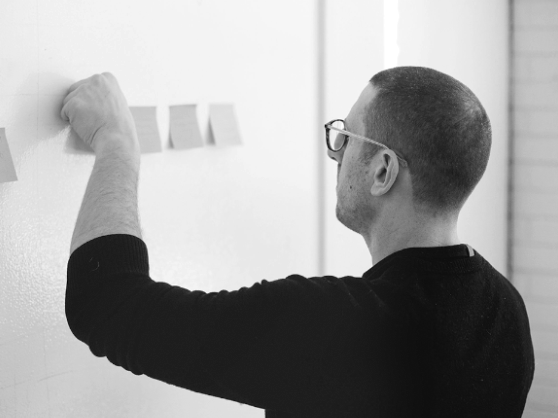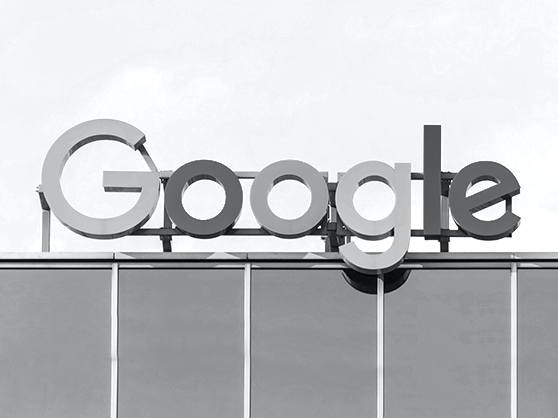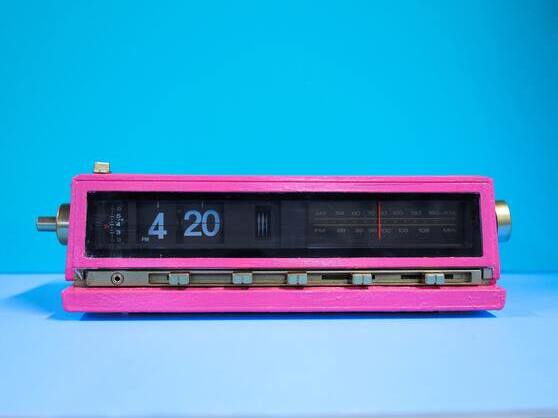In the age of high speed internet providing us with an abundance of information, it is important to remain connected at all times – especially in business. Being away from your desk is no longer an excuse for delayed communication. For a short business trip, you usually need nothing more than your iPhone 8. In order to be fully prepared, you may have to pack a laptop, a tablet, another smartphone, not to mention multiple chargers and accessories and sometimes you have to choose – iPhone or laptop.
In this article, we are going to cover the following topics:
- Benefits of Using Your iPhone Instead of a computer
- iPhone vs Laptop: Pros and Cons
- Pros and Cons of Tethering Your iPhone To Your Laptop
Last time I went on a business trip, I had a choice of which device to take along: a phone or a computer. After much thought, I decided to take only my iPhone 8. I found that in the iPhone vs laptop competition, the iPhone has some undeniable advantages.
Benefits of Using Your iPhone Instead of a Computer
If your business dealings on the road are mostly phone calls, email and text messages, the iPhone 8 is probably all you need.
Here are pros:
1. The screen is big enough for (some) work.
With the iPhone 8, I’ve got a 5.5-inch screen— nearly the size of some small tablets. Sure, it’s not nearly as big as a laptop screen, but for some tasks like email, web browsing, and light document edits, it’s big enough.
The iPhone X has an even bigger screen not to mention the sapphire glass protection that has long been proven to be extremely reliable and durable material. To keep the phone from bending, Bendgate was added so this phone is really durable, strong and easy to pack and take with you.
The iPhone X has twice as much memory as its predecessor. It is equipped with an advanced, rechargeable battery made with the latest technology so it can hold a charge longer than ever before.
2. Apple makes good use of the larger screen.
When checking your email in the Mail app (in landscape mode) on the iPhone 8, the on-screen keyboard expands with new function keys. Also, you can simultaneously view a list of messages in the pane on the left and read selected message on the right, just like the iPad. Apps from other developers will make full use of this new plus-sized screen.
** An added perk of viewing and editing from your phone is that you get the viewing perspective that much of your audience is already using. With mobile views surpassing computer views, it’s a smart move to use those same channels.
3. There are plenty of handy apps for work.
Microsoft has three full applications: Word for documents, Excel for spreadsheets and PowerPoint for presentations. Surprisingly they work really well on the iPhone! While I wouldn’t want to create an iPhone 8 app presentation from scratch, I could certainly see editing one.
All these apps have a very simple and concise interface that makes it easy to manage the usual features on a small smartphone display. Working on the iPhone, I can choose between the real document layout or an easy-to-read layout. I can also edit with almost all of the tools available in the standard software versions for the PC. Google has similar apps which can be a good alternative to Microsoft products.
Printing out an e-mail, a presentation or another document is not a problem: plenty of offices have wireless printers so I can do it directly from my phone.
** Apps like Splashtop make it easy to remotely access your PC or Mac from your phone.
4. It’s easy to access files from the cloud.
Obviously, the storage on your iPhone 8 won’t match your laptop’s capacity, but it doesn’t need to as long as you store files in Dropbox (my favorite), OneDrive, Google Docs, or another cloud-storage service. With an Internet connection, you can easily access and edit those files on your iPhone and get to work.
5. There are some great external keyboards.
If you want to be really productive, you’ll need an external keyboard. The best I’ve used so far is Microsoft’s new Universal Mobile Keyboard ($80), which is compact but roomy enough for fast typing. It connects to iOS, Android and Windows devices via Bluetooth.
** Many airlines don’t allow Bluetooth in flight (but don’t frequently enforce the policy). If this concerns you, consider Macally’s Lightning Wired Keyboard ($60), which connects via your iPhone’s Lightning connector port.
Here are cons:
I realized that the ideal option would be to take both a laptop and an iPhone. In fact, if I have a normal workload while traveling, leaving the laptop at home isn’t even an option. What are you giving up if you travel solo with your iPhone?
1. A big laptop screen, of course!
Multitasking is more limited as well. On my MacBook Air, I can jump back and forth between multiple, open Word files; that’s not going to happen on an iPhone. I’ve also run into significant limitations when trying to input content into a content management system (CMS) via the iOS Safari browser, as some CMSes don’t fully support that browser.
I wouldn’t want to spend multiple consecutive hours working on my iPhone 8, not to mention how tired your eyes get after a while of this and how vision can deteriorate. If it is already imperfect, you can get a serious headache from eye strain after a few hours of work.
2. Your battery is low
In addition, when you travel with many devices the risk that they will run out or fail all at the same time is minimal. If you only have one iPhone, you risk being left entirely without communication with the outside world if the battery suddenly dies or you drop it and it breaks.
Pros and Cons of Tethering Your iPhone To Your Laptop
Both devices (a laptop and an iPhone) are very convenient to use together but that is not always possible. If you’re out and about and there’s no free Wi-Fi, you can use your iPhone’s internet connection on another device like a laptop or tablet. This feature is called “Personal Hotspot” on the iPhone (also known as “tethering”), and you can use it over Wi-Fi or USB.
With the hotspot it is always possible to connect your iPhone to your laptop and use the gadget that is the most convenient in any given situation. For example, you can sync your iPhone to your laptop and download photos and pictures, transfer music from your laptop to your iPhone and always stay connected.
Keep in mind that when you use your iPhone as a data connection, you are using your mobile data plan. That means that if you have a data cap it will take away from your available data. Just be mindful of what you’re using your computer for when connected to your iPhone as a hotspot. That’s something that slipped my mind during my trip and I exceeded my data cap which was an unpleasant surprise.
Even if you have unlimited data, there’s a good chance you have a limited amount of tethering data — or, at least, high-speed tethering data. Your carrier may charge extra if you need more.
What is cool is that there are now VoIP systems with secure personal numbers and mobile apps (like MightyCall) that help you reduce these charges. You can also accept and make calls from anywhere with this system with thousands of talk minutes and SMS in each monthly package. There are lots of great things about a good VoIP system, but the last thing I want to mention is that they also offer extensions. Now any of your teammates or employees can also benefit from being added to your plan.
Learn more about VoIP and how it works.
